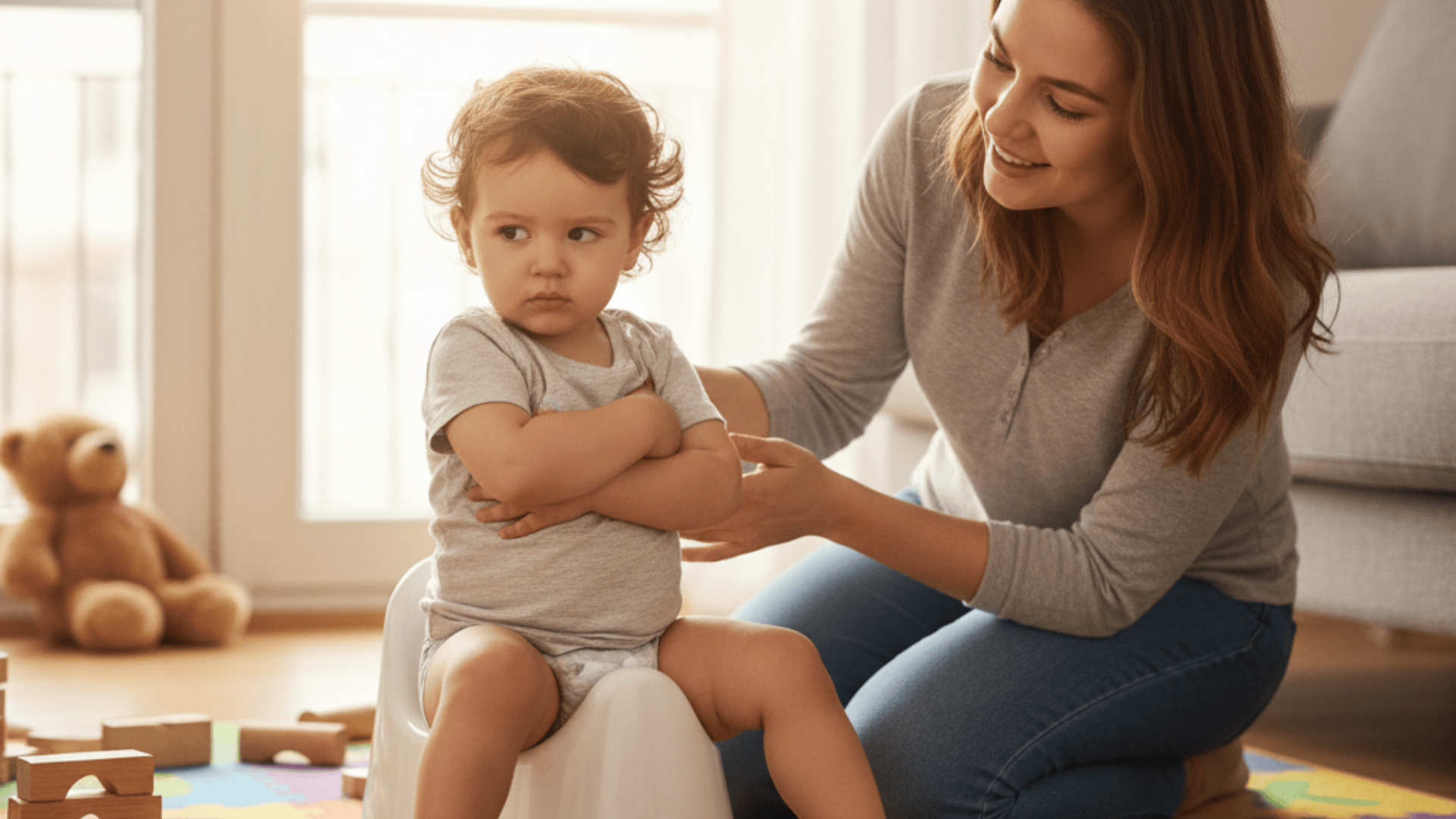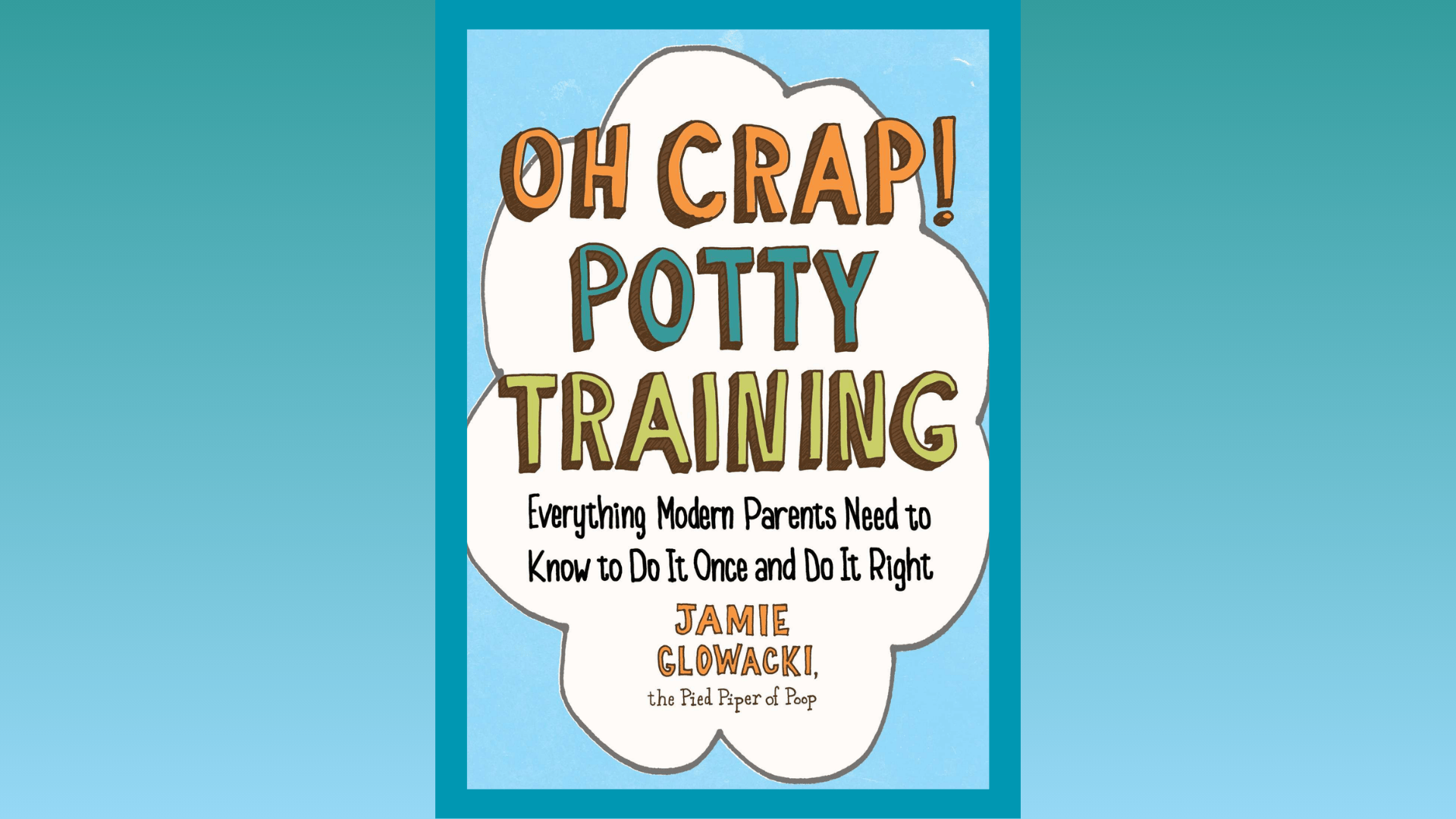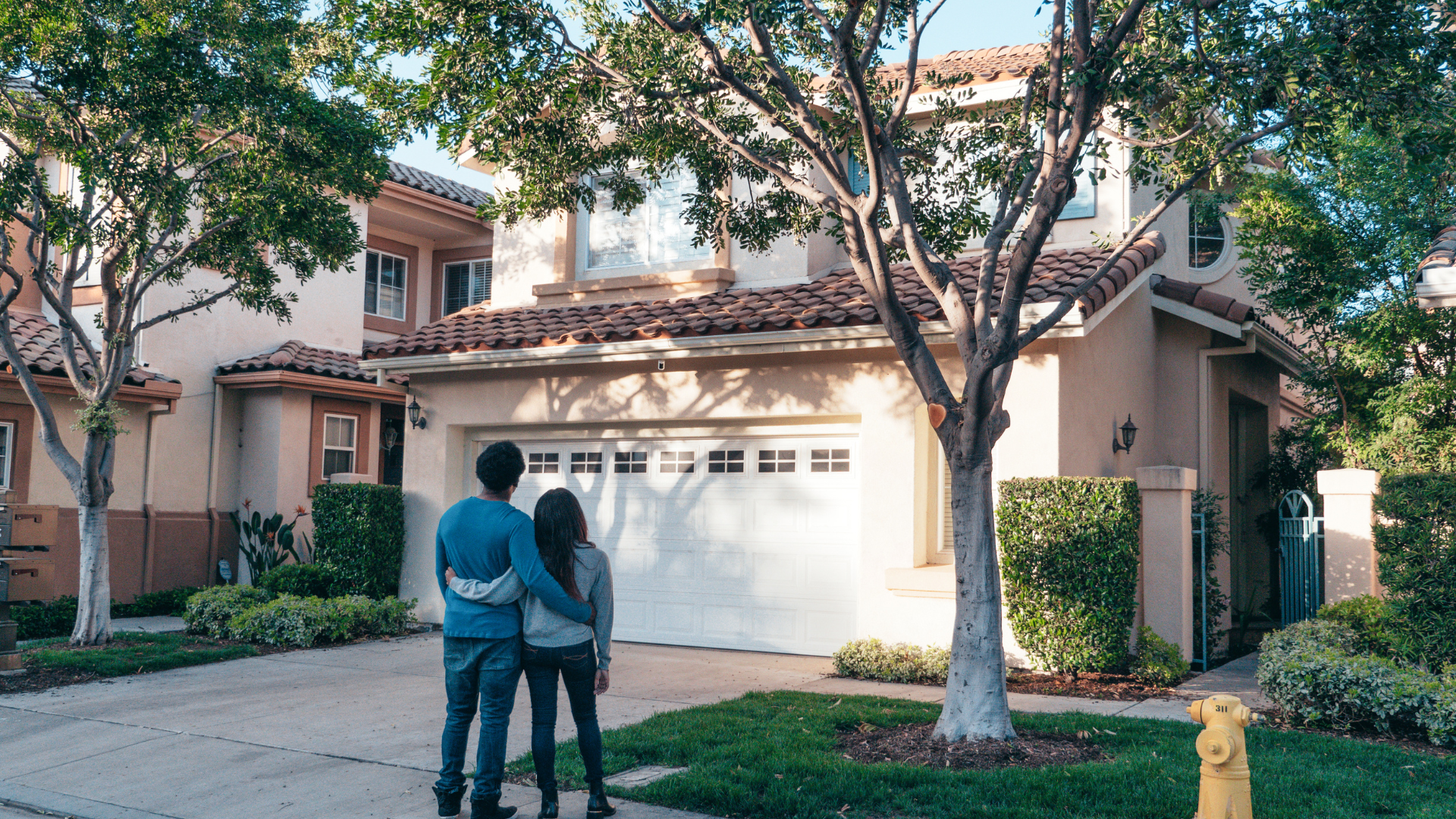Potty training often feels like one of those parenting milestones you both look forward to and dread at the same time.
There’s plenty of advice out there, but not all of it works in real life. That’s where the “Oh Crap Potty Training” method comes in, a structured approach that’s earned attention for being clear, practical, and surprisingly doable.
In this blog, I’ll walk you through what the method is, when to start, the stages your child will move through, and how to handle common challenges along the way.
I’ll also compare it to other methods and share practical tips to keep things on track. Now, let’s go over the method.
What is the Oh Crap Potty Training Method?
The “Oh Crap” potty training method comes from Jamie Glowacki, a parenting coach and author who’s worked with thousands of families.
Her book, Oh Crap! Potty Training has become one of the most talked-about guides because it’s direct, funny, and practical. Parents like it because it gives a clear plan instead of vague advice.
At its core, the method is about helping kids build body awareness. Your child learns to notice the signals before they need to pee or poop and connect that feeling with using the potty. The process means ditching diapers early and staying consistent until it clicks.
One thing that often gets misunderstood is the timeline. This isn’t a “3-day quick fix” where your child is fully trained over a long weekend. Some kids catch on fast, but for most, it’s a process that unfolds in stages.
Jamie’s approach focuses more on learning and habit-building than speed, which is why it tends to stick long term.
The Six Stages of the Oh Crap Method

The “Oh Crap” method works in blocks or stages. Each one builds on the last, so your child learns step by step. The timing can vary; some kids move through faster, others take longer. What matters most is steady progress, not rushing.
Stage 1: Going Naked
Your child spends time without a diaper or underwear. This helps them notice the urge and connect it with actually going. Accidents are expected and part of the learning.
Stage 2: Using the Potty with Help
You guide your child to the potty when you see signals or right after an accident. It’s about catching the moment and helping them succeed.
Stage 3: Wearing Clothes
Once they’re using the potty with some consistency, you add pants or leggings. No diapers or pull-ups, since those can confuse the process.
Stage 4: Leaving the House
Short outings test their new skills. Bring a change of clothes and expect a few mishaps. Over time, your child learns to manage potty breaks outside the home.
Stage 5: Self-Initiation
Your child starts to recognize the feeling and heads to the potty on their own. This often takes a few weeks, so patience is key.
Stage 6: Night and Nap Training
Last comes staying dry while sleeping. Some kids pick it up quickly, while others need more time. This stage may come months after daytime training.
Typical Progress: Most kids need a few weeks to move through the main stages, with self-initiation and night training taking the longest. You’ll notice fewer accidents, more independence, and growing confidence along the way.
When Should You Start?
Figuring out the right time can feel tricky, but there are some clear signs that help. You’ll want to watch for:
- Your child tells you when they’re wet or dirty.
- They stay dry for longer stretches.
- They try to pull off their diaper or ask for a change.
- They show interest in the bathroom or copy what you do.
Jamie Glowacki recommends starting before age 3. Around that age, kids hit a stage where they push back more, and potty training can turn into a power struggle. Training earlier often means less resistance and smoother progress.
That said, starting too young can stretch the process out. Babies under 20 months may take longer to connect the signals, but they also tend to fight it less.
On the other hand, waiting past 3 isn’t impossible; it just means you may deal with stronger opinions and more testing of limits.
The key is finding the balance: not too early that it drags on forever, but not so late that it feels like a daily battle.
Common Challenges Parents Face

Even with a clear plan, potty training can feel bumpy. Here are some of the most common struggles and how they usually show up:
- Power struggles: Some kids say “no” to everything, and potty training becomes one more battle. The best move is to stay calm, skip the pressure, and give them small choices, like which potty seat to use.
- Refusal to poop in the potty: Many kids pee just fine, but hold back poop. It can feel scary or too big of a change. Staying consistent, keeping diapers out of the picture, and offering comfort usually help. Sometimes it takes extra patience.
- Regression: A child who was doing well may start having accidents again. This often happens after changes like a new sibling or starting school. Treat it as temporary, go back to basics, and avoid punishment.
- Sleep and potty training overlap: Nighttime and nap dryness come later for most kids. Their bodies need time to stay dry while asleep. Using a waterproof sheet and expecting gradual progress makes this stage less stressful.
- Potty training with daycare: Daycare can either support or slow things down. It helps to talk with teachers, share what method you’re using, and ask them to keep the same routine. Consistency between home and daycare makes a big difference.
These challenges are normal and part of the process. With patience and consistency, most kids work through them in time.
Oh Crap vs. Other Potty Training Methods
Parents often compare the “Oh Crap” method with other popular approaches. Here’s how they stack up:
| Method | Main Idea | Pros | Cons |
|---|---|---|---|
| Oh Crap | Parent-led, six stages, focus on body awareness and ditching diapers early | Clear structure, builds lasting habits, works well before age 3 | Can take weeks, requires consistency |
| 3-Day Method | Intense training over one long weekend | Fast if it works, appealing for busy parents | Unrealistic for most kids, can lead to frustration |
| Child-Led | Wait until your child shows strong readiness signs | Less resistance, follows the child’s pace | May delay training past 3, risk of regression |
| Rewards-Based | Stickers, candy, or prizes for potty use | Motivating for some kids, easy for parents to apply | Habit tied to rewards, harder to sustain long term |
Each method has strengths and trade-offs. The key is picking the approach that feels realistic for you and your child.
Practical Tips for Success
- Set up your home: Keep a potty chair in the main living area, not just the bathroom. Easy access helps your child get there in time. Use washable rugs or put towels down in play spaces during the early days.
- Have the right supplies: You don’t need much; just a child-size potty or seat, extra underwear, and plenty of cleaning cloths. Skip the fancy gear. Simplicity keeps things easier for everyone.
- Handle accidents calmly: Expect messes in the beginning. Instead of scolding, treat them as part of learning. A quick clean-up and gentle reminder to try the potty next time keeps the process positive.
- Support self-initiation: Encourage your child to notice the signals and head to the potty on their own. Praise effort, not just success. Letting them feel in charge builds confidence and independence.
A little preparation and patience go a long way. The more relaxed you stay, the quicker your child will settle into the new routine.
Should You Buy the Book or Just Use Free Guides?
- What the book gives you: Jamie Glowacki explains the six stages in detail, with real-life examples and troubleshooting advice. Her humor and straight talk can make the process feel less overwhelming.
- Who might invest in coaching or courses: If you’ve tried on your own and hit roadblocks, like poop refusal, regressions, or power struggles, extra guidance from a course or coaching can help. These offer personalized solutions that go beyond the book.
- Free alternatives to try first: Blogs, podcasts, and parent forums share summaries and tips. They won’t cover everything, but they can give you a sense of the method before you commit.
Where to buy if you decide to get the book: The Oh Crap! potty training book is available in most formats: print, ebook, and audiobook. You can find it through:
- Major retailers like Amazon and Barnes & Noble
- Audiobook services such as Audible
- Local bookstores and libraries for budget-friendly options
Free guides are great for a starting point, but the book offers a complete, step-by-step plan. If you want clarity and fewer headaches, it’s worth picking up and is easy to find online or in stores.
Wrapping Up
Potty training isn’t a one-size-fits-all process, and every child brings their own pace and personality to it.
What I’ve seen is that staying flexible makes the biggest difference. You may plan for steady progress, but your child may surprise you with sudden leaps forward or temporary setbacks.
The Oh Crap Potty Training method works best when you treat it as a journey, not a deadline. If you can keep calm, laugh at the messes, and focus on small wins, the experience becomes less stressful for both of you.
Frequently Asked Questions
How long does it take for the Oh Crap method to work?
Most kids need several weeks to build consistency. Some catch on quickly, but full self-initiation often takes a month or more.
Does the Oh Crap method work for potty training at night?
Yes, but night training usually comes later. Some kids stay dry quickly, while others take months. It depends on their body readiness.
Can you use pull-ups with the Oh Crap method?
Pull-ups are discouraged since they feel like diapers and can confuse progress. Stick with underwear once training begins.
Is the Oh Crap method too strict for some kids?
It can feel structured, but it’s flexible in practice. You can adjust the pace, as long as you keep the basics consistent.










